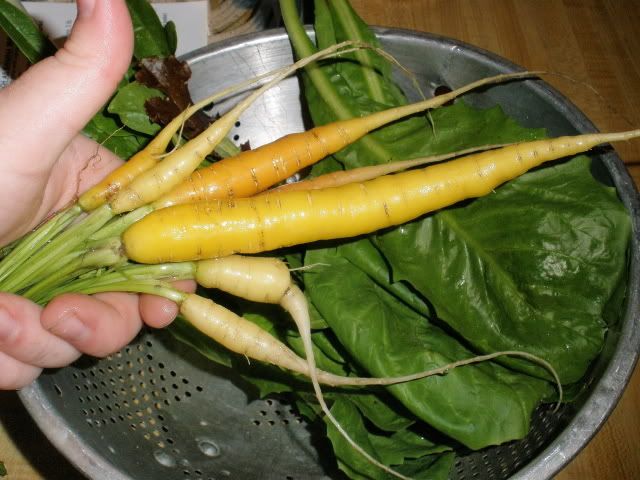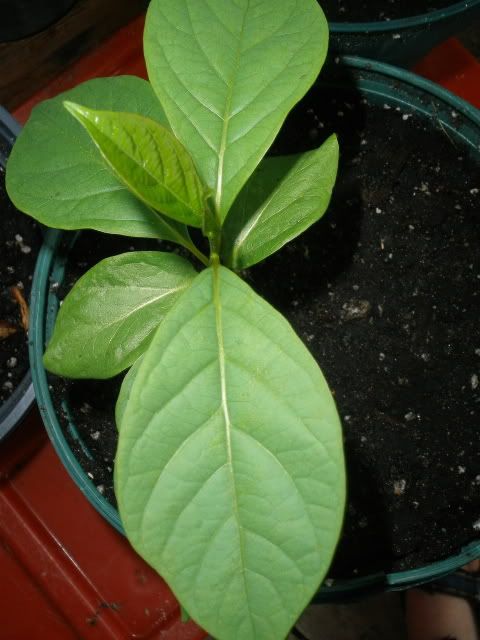Burr Oak, Quercus macrocarpa, a white oak is a fascinating native plant here in Indiana. It grows to be an old massive oak with the largest acorns of any oak in the US. It can become a massive oak, if left alone for enough years but it is extremely slow growing. It's fire and drought resistant, is resistant to urban pollution and is an important source of food for wild life. All these reasons--besides it just looking COOL- is why I've chosen to grow this oak.
I discovered this oak on a visit to a place called Taltree, named of course for this massive tree which just happens to be a Burr Oak.
Under this tree last winter I found a few acorns. They have a fringed cap and are large, making them easy to identify. The mother plant is at least 250 years old.
So how do you grow an oak from seed? You stratify the acorns in cold damp soil. You could do this outside, of course but I prefer to do it in a more controlled manner and not leave it up to mother nature who can be finicky and send all manner of critters to come eat your seeds. So Into a soil filled baggy that is damp but not soggy the seeds went. The baggie ended up in the refrigerator for a few months of chilling. About 2 months ago I noticed a root on one of the acorns as I periodically peeked. These guys have a inner clock it seems that tells them they should start sending out that long tap root.
So I planted the rooted acorn into some potting soil outside. Then waited and waited and waited. It seemed to take for ever, at least a month and a half for the Burr oak to start showing signs of life above the soil.
So after a stem started growing then the leaves began to develop.
What will happen next? First leaves unfolding.
5/18/10
5/29/10
6/4/10
Starting to grow another set of leaves.
6/9/10
6/13/10
I went to visit the old oak that spawned the acorn for my tree. Out of 6 acorns, only one germinated.
6/16/10
6/22/10
7/28/10





























































